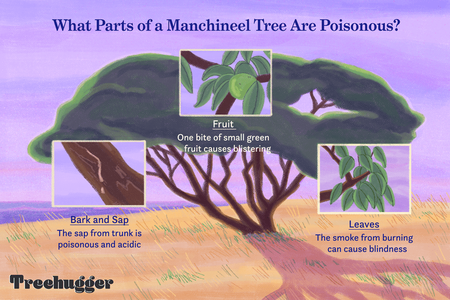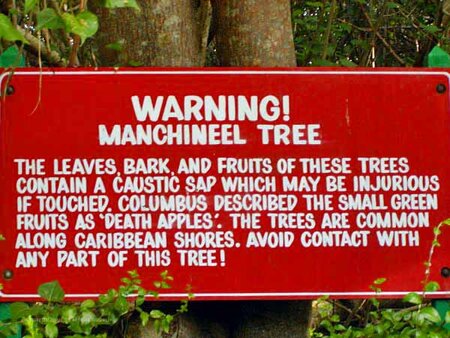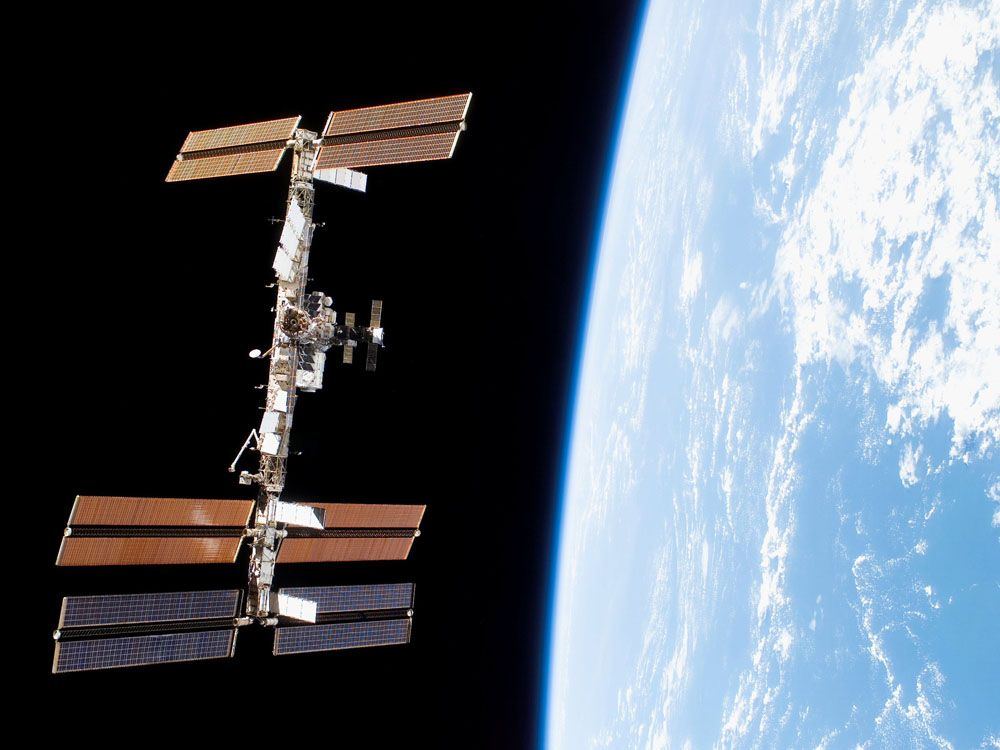- Joined
- Jul 18, 1998
- Messages
- 22,178
- Reaction score
- 45,710
Offline
Do not, and I can not stress this enough, do a Google image search for this.
did you already know not to do this or did you just do it and are now warning us?
Follow along with the video below to see how to install our site as a web app on your home screen.

Note: this_feature_currently_requires_accessing_site_using_safari
Do not, and I can not stress this enough, do a Google image search for this.
I was bored at work..Just sayindid you already know not to do this or did you just do it and are now warning us?
i hope the experiment paid well because i'd rather just be blind.So, who was the first person to do this, and how was it discovered??
So, who was the first person to do this, and how was it discovered??
Do not, and I can not stress this enough, do a Google image search for this.



